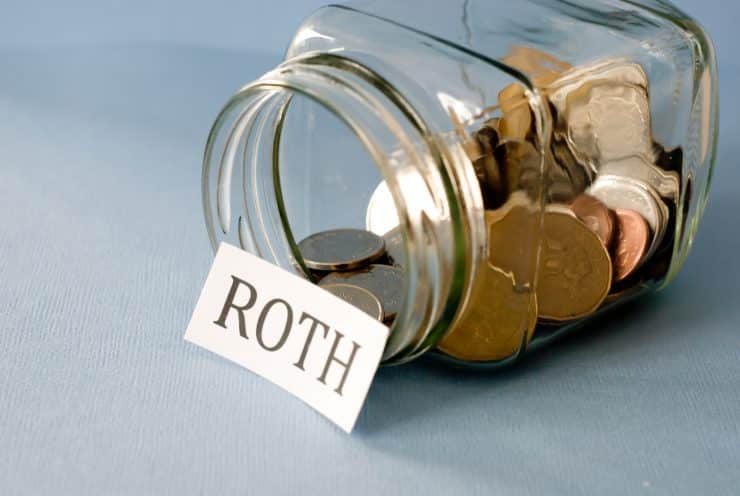According to research, retirees need about 80 percent of their working income to cover bills during the golden years. Yet Social Security only typically covers about 40 percent of working income. One way people can make up for that gap is to save indepently, often through a company-backed 401(k) plan. In recent years, more employers have started offering offering Roth features in those plans. If you’re not familiar with the Roth 401(k), here some reasons to consider saving in one.
Tax-Free Withdrawals
If you sock your money away in a traditional 401(k), you get a tax-deduction for making the contributions and the money grows on a tax-deferred basis. That’s good. What’s better? If you choose a Roth 401(k), you make contributions with after tax money and contributions grow completely tax-free. Once you put your money in, that’s it. If you retire with $2 million in a traditional 401(k), you lose a chunk of that to the IRS. Meanwhile, if you retire with $2 million in a Roth, you get to keep it all.
High Limits
The annual contribution limits for an IRA or Roth IRA — another way to save independently — are $5,500 for workers under 50 years old and $6,500 for workers 50 and over. Meanwhile, the limits on both a traditional and Roth 401(k) are $18,500 and $24,500, respectively. That is a huge difference.
Flexibility
With a traditional 401(k) you get a tax break upfront, so the IRS does its best to keep you from making early withdrawals. If you need some of those funds before 59.5, the IRS will tack on a 10 percent early withdrawal fee (unless you qualify for an exception). Meanwhile, because Roth 401(k)s don’t offer an immediate tax break, you can usually withdraw contributions as long as you’ve had the account for more than five years.






